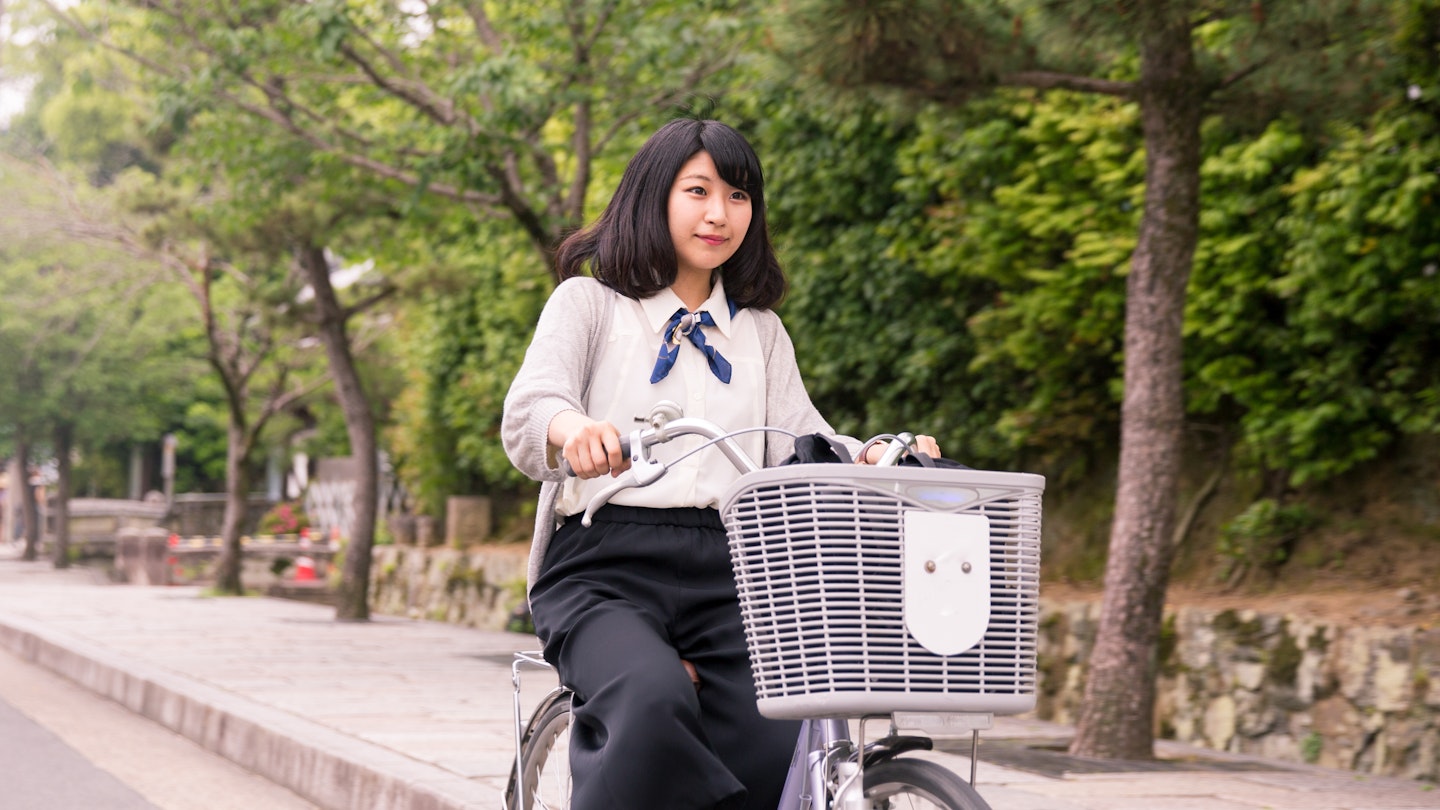Ultimate Guide to Getting Around Kyoto
Kyoto is a relatively compact city with a robust public transport network, making traveling around a breeze. Its easily navigable streets and mostly flat terrain also mean it’s an enjoyable destination to explore by bike or on foot.
Get Around Major Sights Quickly on the Subway
Kyoto features two subway lines: the Karasuma Line, which runs from the north to the south of the city, and the Tozai Line, spanning east to west. These lines intersect in the city center at Karasuma Oike Station, providing seamless transfers. Despite only having two lines, the subway is a convenient means for accessing numerous key spots in downtown Kyoto and the Higashiyama sightseeing district. It’s quick and comfortable, making it easier to navigate than buses and cheaper than taxis. Unlimited day passes are available, which also include discounts at various tourist attractions.

Explore Beyond the Center on a Train
Japan is renowned for its excellent rail systems, and Kyoto is no exception. Numerous train lines operate within the city, including national JR lines and local private lines. Services are comfortable, clean, and punctual. The train is often the best option for reaching parts of Kyoto that are slightly farther out, such as Arashiyama, Tōfuku-ji temple, and Fushimi Inari-Taisha shrine. It’s also the most convenient way to travel to nearby cities like Osaka and Nara.
Utilizing sites like HyperDia can greatly assist with planning your journey, and tickets can be purchased from booths or automatic machines at the station. In case of any mistakes, fare adjustment machines are conveniently located near exit barriers for corrections.
The Bus Covers Parts of the City That Trains Don’t Reach
Many of Kyoto’s popular attractions, including Kinkaku-ji and Ginkaku-ji temples, are not located near train or subway stations, making the bus an ideal choice to bridge this gap. Kyoto has a vast array of bus routes operated by different companies, with announcements available in both English and Japanese. Buses can be crowded, especially during spring cherry blossom and autumn foliage seasons, making walking or cycling a quicker option at times.
Typically, you board buses at the back and exit at the front. Exact change is required, with a flat fare of ¥230 within the city center. Unlimited day passes are available for use within the flat fare zone.
Get an Icoca Card for Cash-Free Payments
Kyoto offers a prepaid IC card known as Icoca, which can be utilized on the subway and almost all of the city’s trains and buses. Although these cards do not provide travel discounts, they are much more convenient than waiting in line for paper tickets or dealing with cash. If you possess a JR Pass, you can also use it for unlimited travel on the JR train lines in Kyoto.
See the City on Two Wheels
Cycling is among the best methods to get around Kyoto due to its flat landscape and ample bike rental shops. The main challenge is parking, as bicycles must be left in designated areas to avoid impoundment. Most temples and tourist attractions provide bike parking, and it is essential to cycle on the left side of the road or on shared sidewalks.
Helmets are legally required for children under 12, and using a light is mandatory when cycling at night.

Walking Around Kyoto is a Pleasure
Kyoto is an extremely walkable city, highly praised for its compact size, flat terrain, and logical layout. Exploring on foot allows you to discover the city’s scenic pathways and atmospheric streets, with notable routes including the Path of Philosophy, which runs along a canal, and the footpath beside the Kamogawa River. Other walking trails connect famous sites in Higashiyama and Arashiyama, though they can become quite busy during peak seasons.
A Taxi is a Cheap Option for Groups
Taxis are readily available in Kyoto, and it’s simple to flag one down or use a taxi rank. Drivers automate rear door handling, enhancing convenience. While taxis can be expensive for solo travelers, they may be more economical when traveling in a group.
Language barriers can arise, so having your destination written in Japanese is beneficial. Alternatively, “foreigner-friendly” taxis are available without extra charges, particularly at major locations such as Kyoto Station.
A Car is a Hindrance in the City
Renting a car in Kyoto is generally unnecessary and can often be an inconvenience. However, for trips to more remote areas within the wider prefecture, having a car can be advantageous. Those who choose this option must possess an international driving license. While driving in Japan is typically safe, navigation may be challenging for those who do not read Japanese.

Accessible Transportation in Kyoto
Accessibility in Kyoto has improved greatly in recent years, especially in the city center. Most major train and subway stations feature wider ticket gates and elevators for platform access. Additionally, many buses now accommodate passengers with disabilities through ramps and assistance from drivers.
For those with visual impairments, raised blocks on station floors and platforms provide support. If assistance is needed, station staff are always available to help.
This article was first published Dec 21, 2021, and updated Dec 17, 2023.




